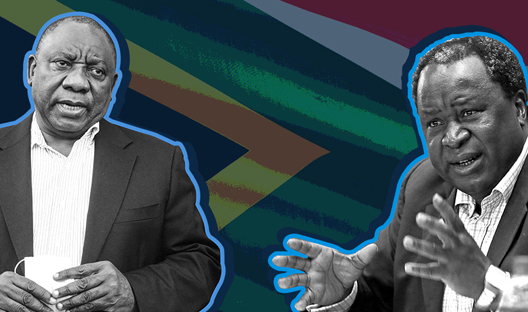Receive Focus insights straight to your inbox
Ahead of last nights State of the Nation address, we speculated about the amount of detail that could be provided in view of the deterioration in economic fundamentals and risks to the fiscus post the February 2019 Budget Review and May 2019 general election.
Continuity and a stable policy framework
- The June 2019 SONA provided continuity from the February 2019 speech. The format of the speech adhered to those of previous SONAs, providing mainly a broad outline of the various ministerial portfolios and leaving the detail to the respective ministers (eg. the Minister of Finance to provide more detail on the way forward for Eskom).
- The National Development Plan (NDP) was revived. This underscores the importance of returning certainty to a policy framework, which under the Zuma administration did not feature high on list of priorities.
- President Ramaphosa’s SONA was also in stark contrast to his predecessor’s in endeavouring to create a vision for South Africa.
Investec's Chief Economist Annabel Bishop shares her views on SONA

Get all Investec's insights on the latest Budget Speech and SONA
Our economists, tax experts, personal finance and investment experts unpack what the latest fiscal measures mean for income, savings and daily expenses of individuals and businesses.
Getting the ball rolling
President Ramaphosa’s priorities and objectives underscore:
(1) the importance of coordination between the various departments to achieve favourable outcomes
(2) the ability of ministers tasked with key portfolios, and
(3) a social compact between government, business and labour.
The key priorities are:
- economic transformation and job creation
- education, skills and health
- reliable and quality basic services
- spatial integration, human settlements and local government
- safety
- a capable, ethical and developmental state, and
- a better Africa and World.
The objectives for the next ten years are:
- reducing poverty
- faster growth
- reducing youth unemployment (creating 2m jobs)
- better educational outcomes (literacy for 10 year olds), and
- reduce violent crime by a half.
Key takeaways
Growth - Investment and creating a more enabling environment
Investment is the key to catalyse growth but the biggest challenge for government is to create an enabling environment for the private sector.
This was acknowledged by the President stating that “we are urgently working on a set of priority reforms to improve the ease of doing business by consolidating and streamlining regulatory processes, automating permit and other applications, and reducing the cost of compliance.”
The Private Public Sector growth initiative has seen a commitment by the private sector of R840bn in 43 projects in 19 sectors.
Feedback from the October 2019 Investment Summit is that R250bn of the R300bn projects announced in October 2019 have entered implementation phase.
A second Investment Summit has been scheduled for 5 – 7 November. About the Infrastructure Fund, there is a plan for this to be institutionalised and to be managed by the DBSA with an oversight role played by the Public works and Infrastructure department.
Eskom and the fiscus
The severity of Eskom’s financial position was revealed with the announcement that the entity could run out of funds to finance obligations by October 2019.
The Minister of Finance will provide more detail on an earlier appropriation of part of R230bn to Eskom, as well as the appointment of a new CEO and the CRO.
The potential effect of additional financial assistance from government and SAGB supply has already caused a steepening in the yield curve as the risk premium on mid-long and long-dated bond yields has increased.
The rally this week sparked by a dovish Fed could be temporary as National Treasury’s Dondo Mojane said Parliament could pass the
emergency appropriation bill as early as August. The next event to watch is the October 2019 MTBPS.
Other SOE’s
No further detail about financial assistance to smaller SOEs were provided but probably speaks to the R13bn already set aside in the contingency reserve.
Land reform focus on vacant land
The speech did not refer to the recommendations of the Presidential Advisory panel and “expropriation without compensation” was not mentioned. The focus was on utilising vacant SOE land for urban housing with the Land Bank to provide financial assistance to emerging farmers.
SARB independence affirmed
The President affirmed the independence of the Reserve Bank as entrenched in the Constitution. Reference to regular interaction between the Minister of Finance and the Governor of the Reserve Bank and coordination of monetary and fiscal policies, confirms the already close interaction that exists between the two institutions.
Progress on spectrum and commitment to clean energy
Reducing data costs is important for real disposable income to increase. Policy direction from the Department of Communications on the process of spectrum licensing is expected in July.




